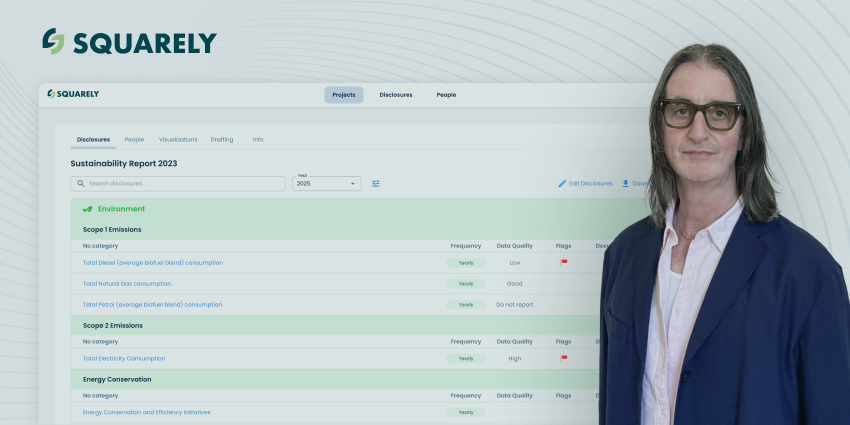Unmasking Carbon Credits: Green Savior or Market Manipulation?
Carbon markets can facilitate the transfer of clean technologies and expertise from developed to developing countries. This allows the latter to leapfrog the carbon-intensive stages of development and transition directly to sustainable practices.
In the global fight against climate change, the concept of carbon credits has emerged as a potential solution to mitigate the harmful effects of greenhouse gas emissions. However, this approach has sparked a contentious debate, with critics arguing that carbon credits grant a “permission to pollute” while proponents claim they are pivotal for progress. So, what exactly are carbon credits, and do they offer a viable path towards a sustainable future?
Carbon credits are a market-based mechanism designed to reduce greenhouse gas emissions. The idea behind them is to assign a monetary value to each ton of carbon dioxide or its equivalent (CO2e) emitted into the atmosphere. This value is determined based on the social cost of carbon, which estimates the economic damage caused by each ton of emissions. Entities such as companies or governments can then purchase these credits as a means of offsetting their own emissions. The credits represent a cap on an organisation’s emissions, so if a company goes beyond the credits purchased, they incur expense on extra credits. If they do not use up all their credits, organizations can sell credits to other organizations.
Critics argue that carbon credits allow polluters to simply buy their way out of reducing their emissions. They claim that instead of implementing necessary changes to reduce carbon footprints, entities can simply purchase credits and continue with business as usual. This, they argue, leads to a dangerous situation where the wealthy can pay to pollute while the burden of climate change disproportionately affects the most vulnerable communities.
However, proponents of carbon credits see them as a crucial tool in the transition to a low-carbon economy. They argue that carbon credits create financial incentives for companies to invest in cleaner technologies and practices. By putting a price on carbon emissions, these credits encourage organizations to find innovative ways to reduce their environmental impact. The revenue generated from the sale of credits can also be directed towards sustainable development projects, further supporting the global transition to renewable energy sources and fostering environmental awareness.
One of the key benefits of carbon credits is their potential for fostering international collaboration. Carbon markets can facilitate the transfer of clean technologies and expertise from developed to developing countries. This allows the latter to leapfrog the carbon-intensive stages of development and transition directly to sustainable practices. It also creates a financial incentive for developed countries to support emission reduction efforts in developing nations, promoting global cooperation and equity in addressing climate change.
While carbon credits have their merits, it is crucial to ensure their effective implementation and regulation. One challenge is accurately measuring and verifying emissions reductions. Robust monitoring mechanisms and standardized methodologies are necessary to avoid the pitfalls of fraudulent offset projects. Additionally, there should be transparency in the allocation and trading of carbon credits to prevent manipulation and ensure the integrity of the system.
Moreover, carbon credits should not be seen as a standalone solution. They must be accompanied by strong regulatory frameworks, stringent emission reduction targets, and investments in renewable energy and sustainable practices. Carbon credits alone cannot solve the climate crisis, but when integrated into a comprehensive strategy, they can play a pivotal role in driving sustainable development and mitigating climate change.
As the international community continues its efforts to address climate change, the discussion around carbon credits is expected to take center stage at the 28th Conference of the Parties (COP 28) which will take place in the UAE from 30 November to 12 December 2023. This pivotal gathering will provide an opportunity for nations to reassess and strengthen the mechanisms surrounding carbon credits. It is anticipated that COP 28 will focus on refining the methodologies for measuring and verifying emissions reductions, as well as establishing more stringent regulations to ensure the credibility and transparency of carbon markets. The conference will also aim to address concerns regarding the equitable distribution of carbon credits and the promotion of sustainable development projects. By fostering dialogue and collaboration, COP 28 has the potential to shape the future of carbon credits, ensuring their alignment with the global goal of achieving a sustainable and low-carbon future.
In conclusion, the debate surrounding carbon credits revolves around their potential to either grant a “permission to pollute” or act as a catalyst for progress. While there are legitimate concerns about the misuse of carbon credits, their effectiveness in incentivizing emission reductions and promoting international collaboration cannot be ignored. To harness the true potential of carbon credits, it is imperative to combine them with robust regulations, emission reduction targets, and a commitment to transition towards a sustainable and low-carbon future.




